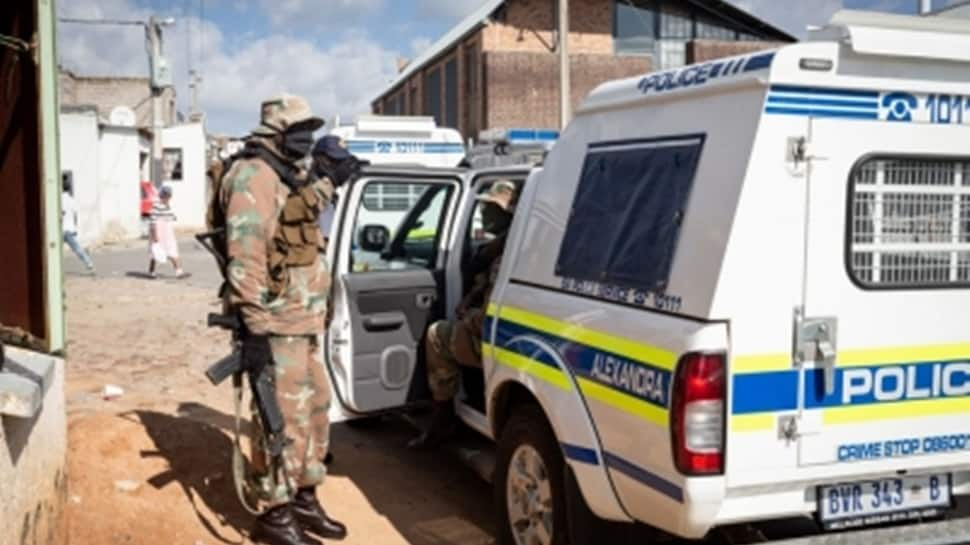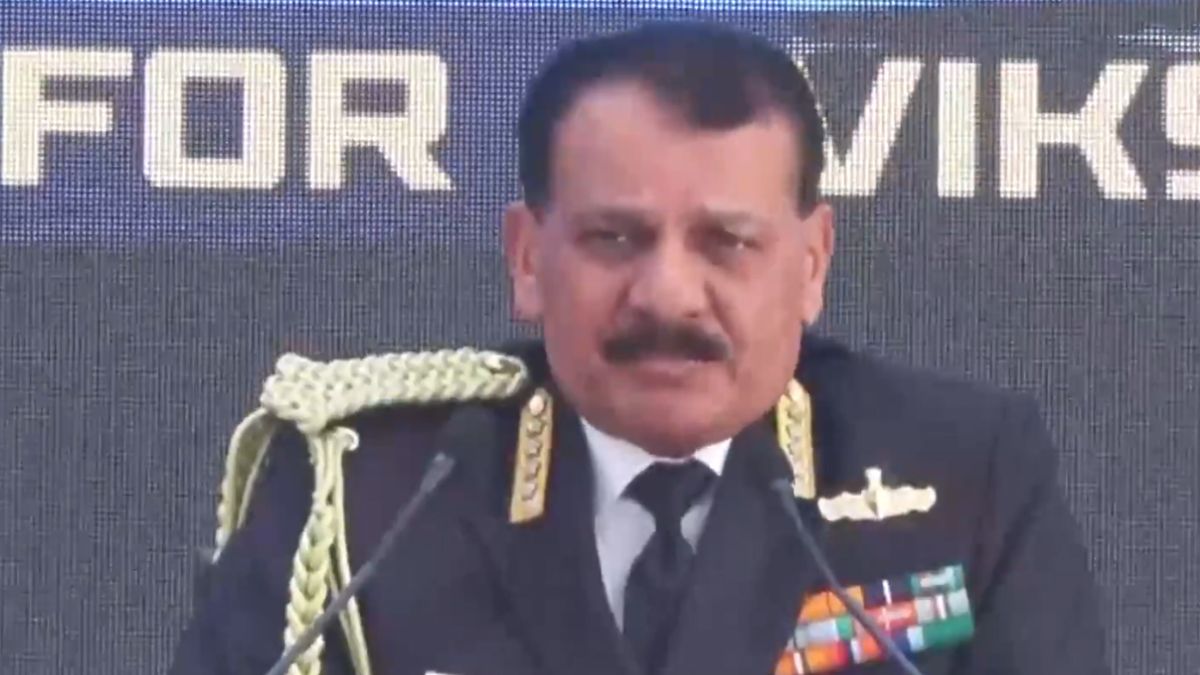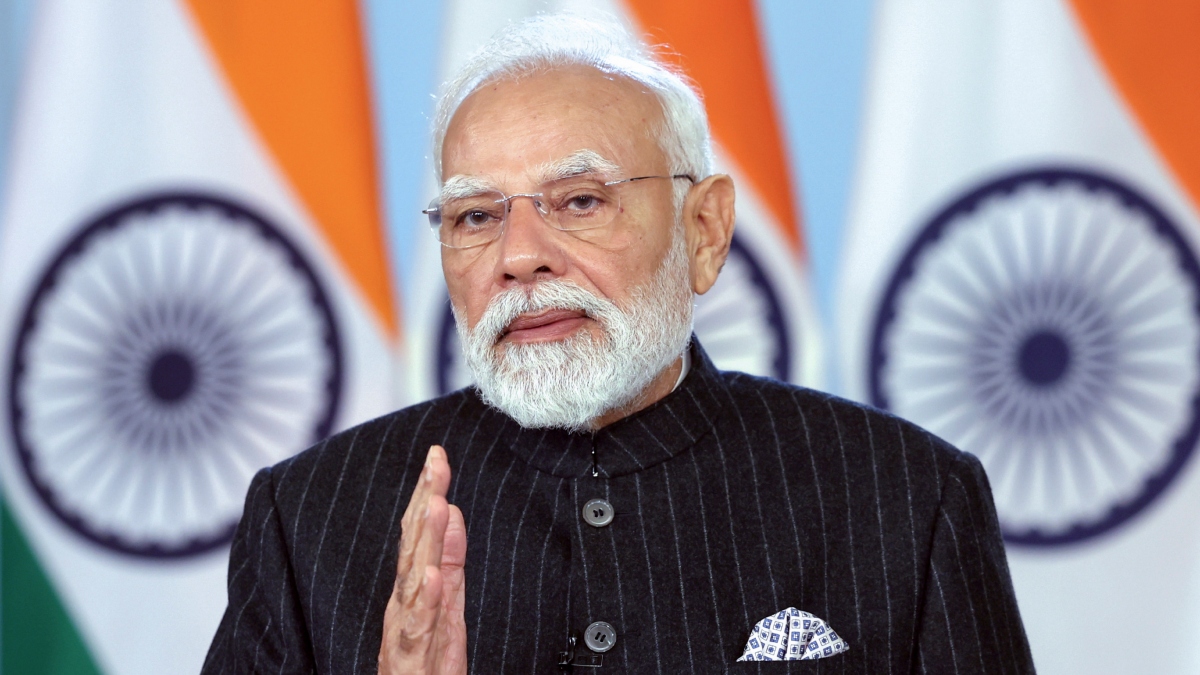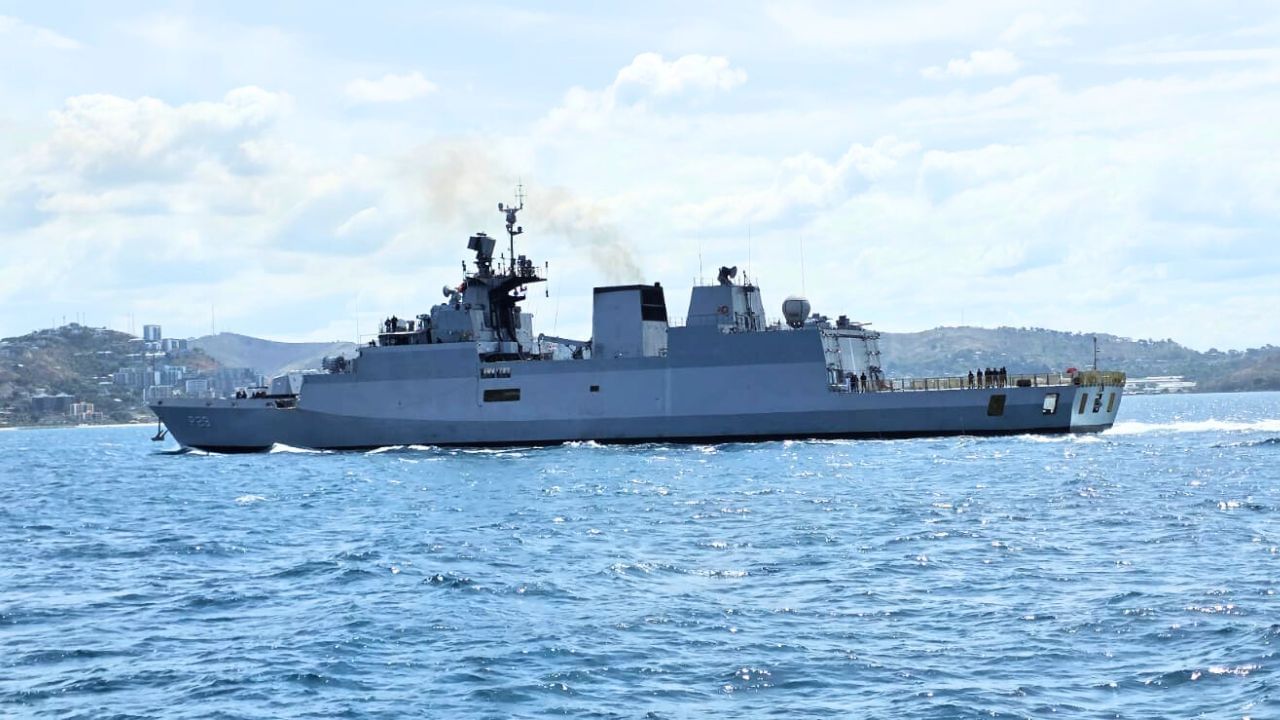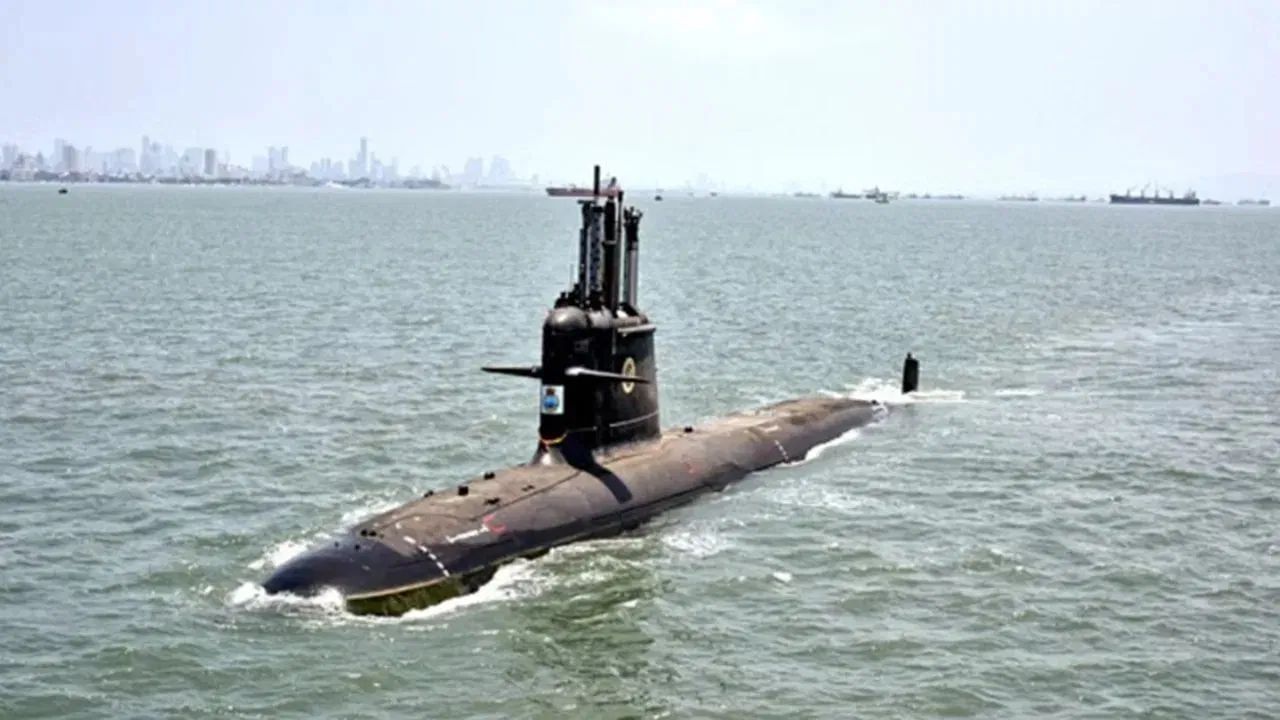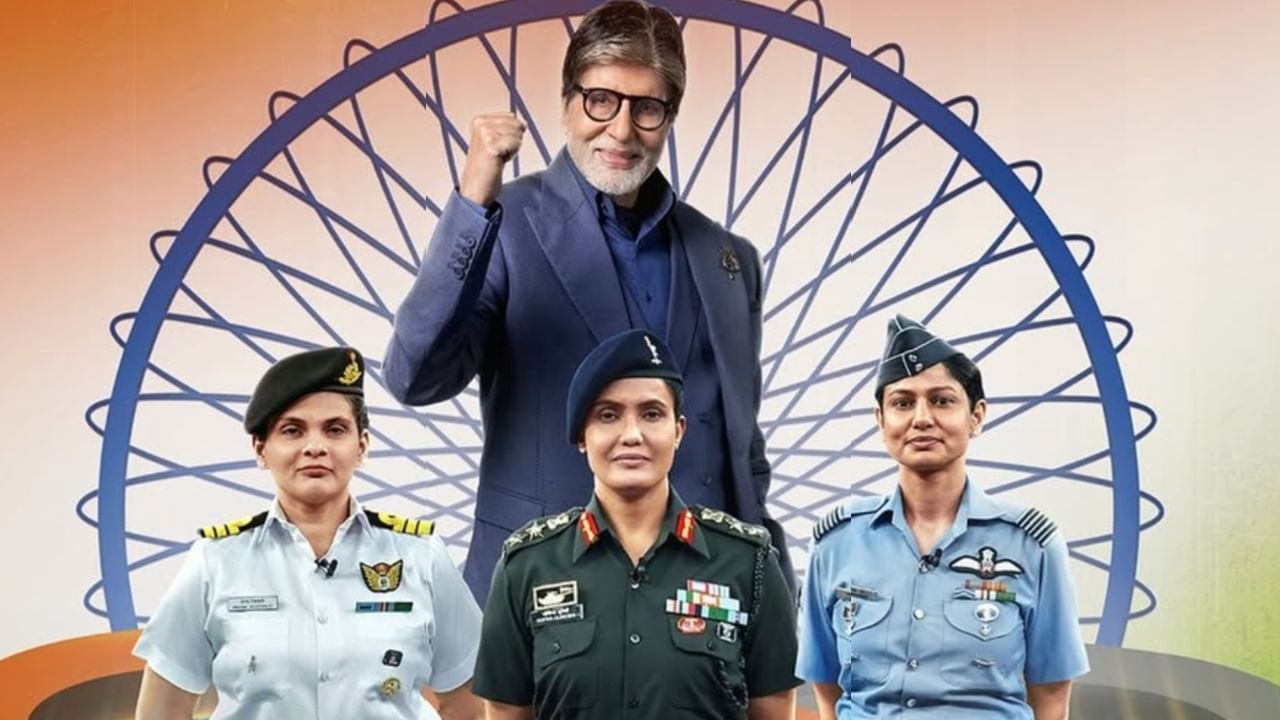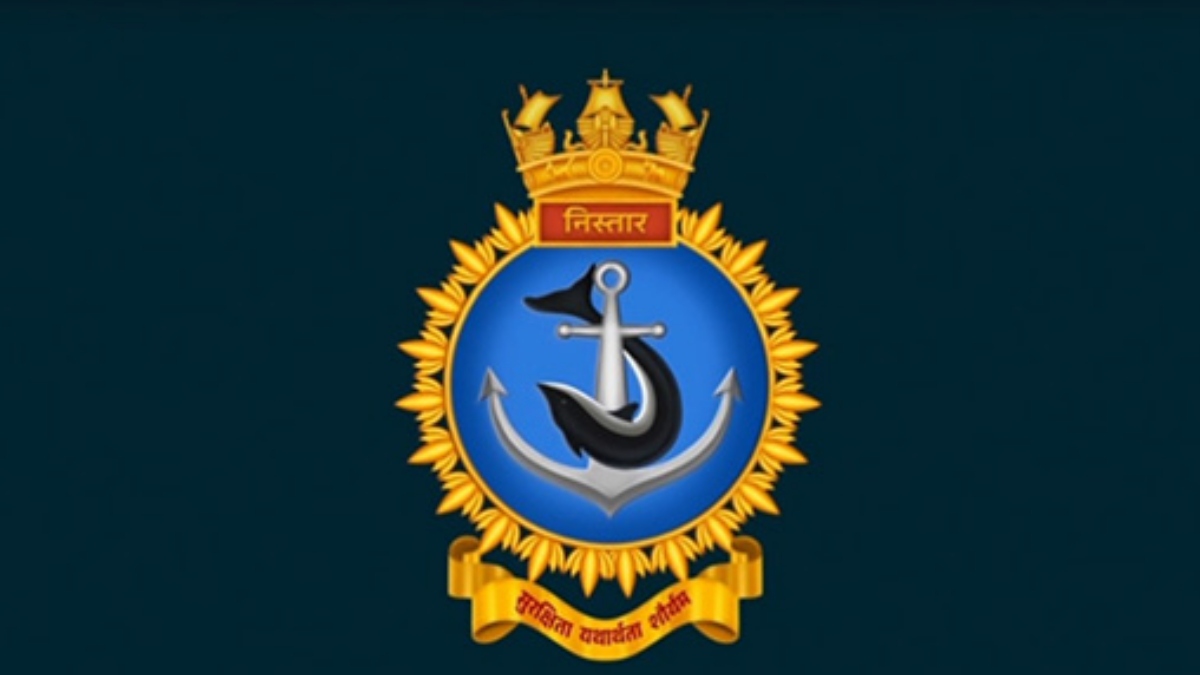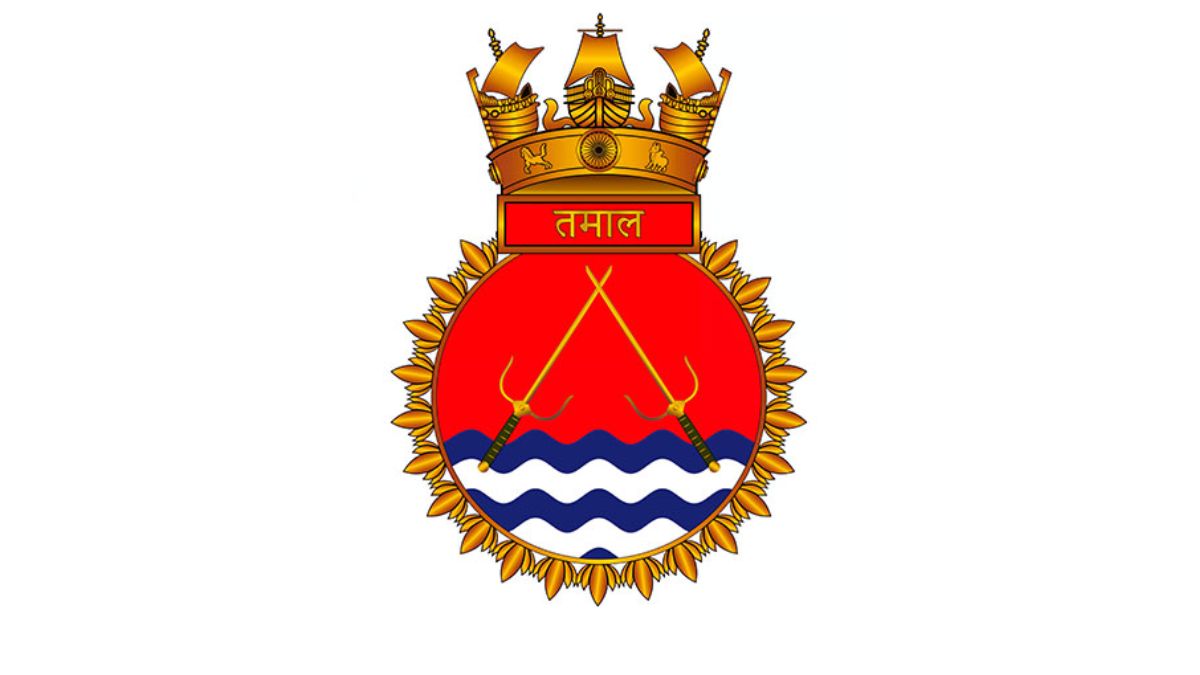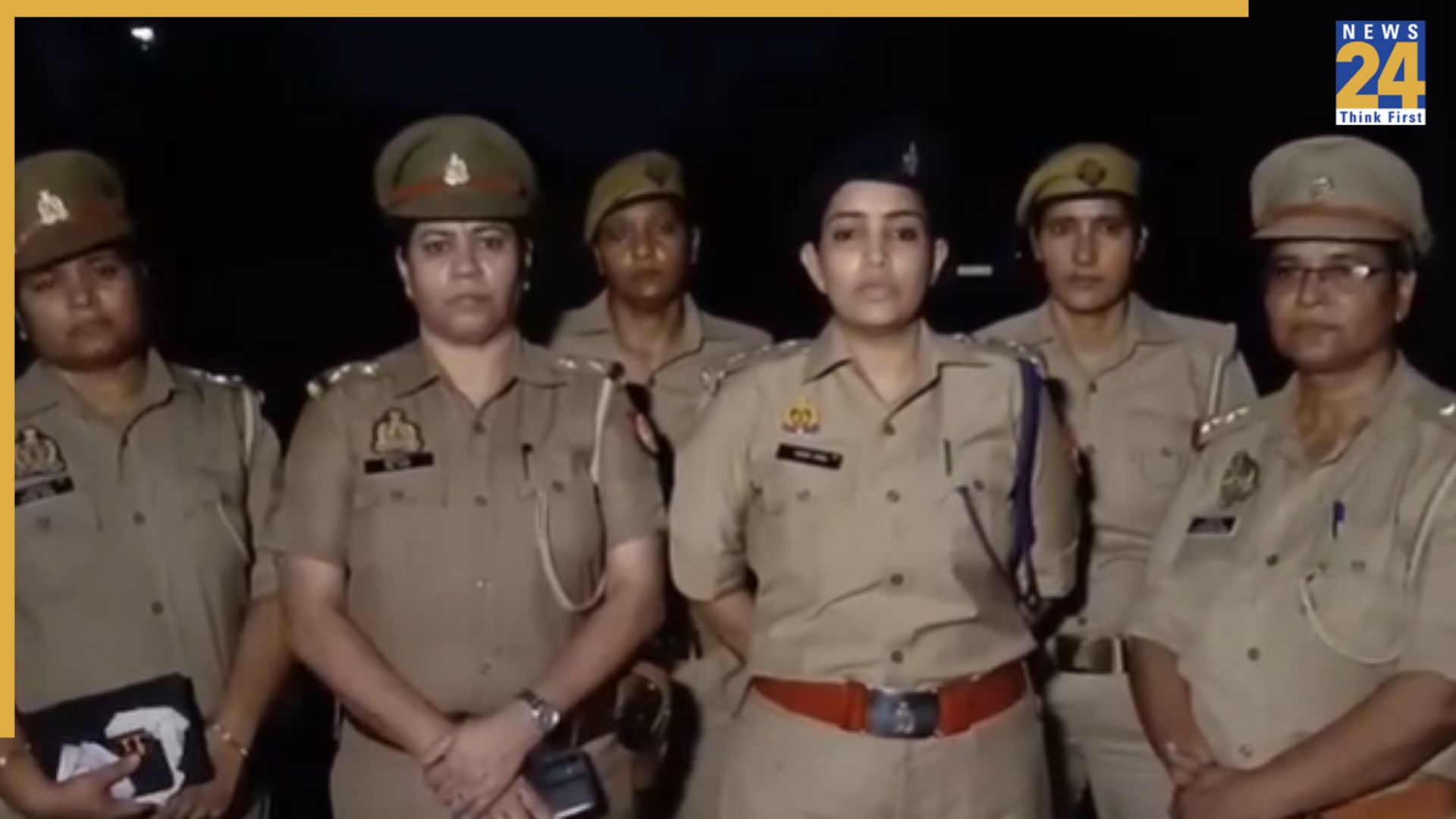Subscribe to Updates
Get the latest creative news from FooBar about art, design and business.
Browsing: Indian Navy
INS Kadmatt, a vessel of the Indian Navy, led the mobile fleet review during Papua New Guinea’s 50th Independence Day celebrations. The…
The Indian Navy is set to significantly enhance its military capabilities with the addition of nine new modern diesel-electric submarines. Negotiations regarding…
The Indian Navy is targeting the establishment of a fleet of 175 ships by 2035, with plans to incorporate submarines. Concurrently, a…
The Independence Day episode of ‘Kaun Banega Crorepati 17’ saw three brave women officers from the Indian Armed Forces – Colonel Sofia…
The Indian Navy is set to commission the Diving Support Vessel (DSV) ‘Nistar’ at the Naval Dockyard, Visakhapatnam on July 18. Defence…
The Indian Navy is set to commission the stealth multi-role frigate ‘Tamal’ into service on July 1st in Kaliningrad, Russia. Vice Admiral…
China has expressed its appreciation for India’s swift and professional rescue efforts following a fire and explosion aboard the cargo ship MV…
